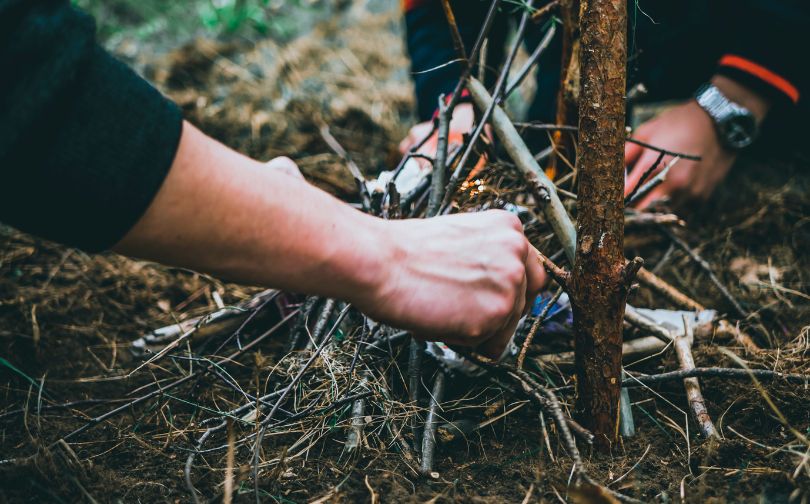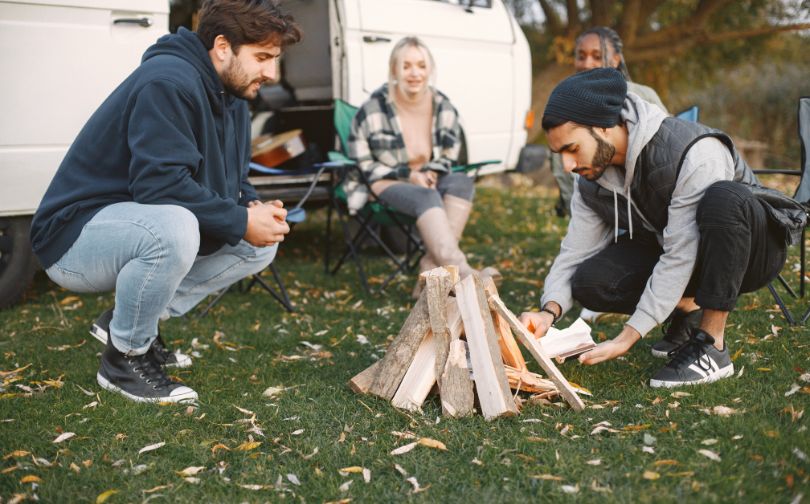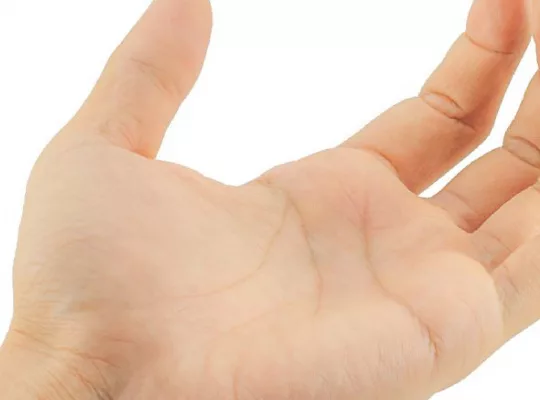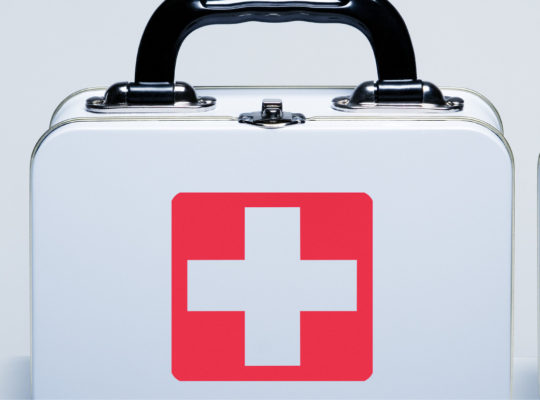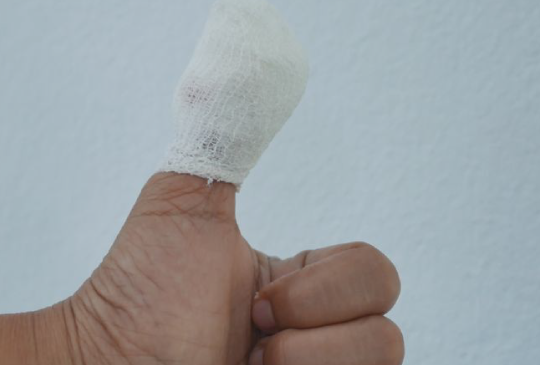Starting a fire can feel like a challenge, especially when you’re out in nature with limited resources. Many people struggle with finding the right materials or technique, leading to frustration or, worse, a failed attempt.
The key to success lies in understanding a few essential steps. One surprising fact: dry wood isn’t enough. Even with perfect materials, the wrong method will leave you with nothing more than smoke.
In this guide, we’ll walk you through simple and effective ways to create a fire, covering the best tools, tips, and strategies. You’ll leave knowing exactly what to do, no matter where you are or what you’re working with.
What Are the Steps to Make a Fire?
The following is a guide on how to make fire:
Step One:
When making fire, you need to start small and build it up gradually, beginning with small pieces of wood and thin tree bark, then progressing to larger pieces as the fire gets stronger. There are three levels of fire material tinder, kindling, and fuel.
(side note: Make sure you start looking for fire materials before it gets dark and gather enough to last you as long as possible it is better to have to much fire wood then run out early in the night.)
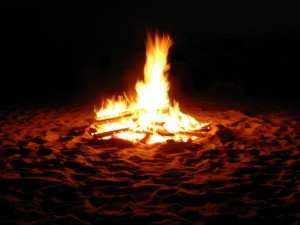
Step Two:
Make a small pile of tinder to ignite with a small amount of kindling on top of it. Once the tinder is lit you will want to feed your small flame with small pieces of wood and other materials that will burn until you have established a sustainable flame. After you have a sustainable flame you can start to add larger pieces of wood that will burn longer. Continue to gradually build it up until you are using large piece and the fire and survive by itself with little maintenance.
Step Three:
Once your fire is sustainable, you can begin to add on large pieces of wood. These pieces will burn longer and require less maintenance then kindling or timber. Logs burn for a while but you will need to feed your fire a new log every 15 or 20 minutes to keep it going over time.
What Are the Supplies Required to Make a Fire?
Tinder:
To start you need material that will ignite very easily. This is called tinder, tinder is dry material that requires very little effort to light requiring only a spark. Hopefully if you are traveling in the woods you have a fire starter(matches, flint, lighter). The tinder must be absolutely dry otherwise you will struggle to get it to light. Lots of things can be used for tinder, leaves, thin tree bark, paper, grass, and resin. You can find resin in spruce and pine trees. Resin burns even when wet.
Kindling
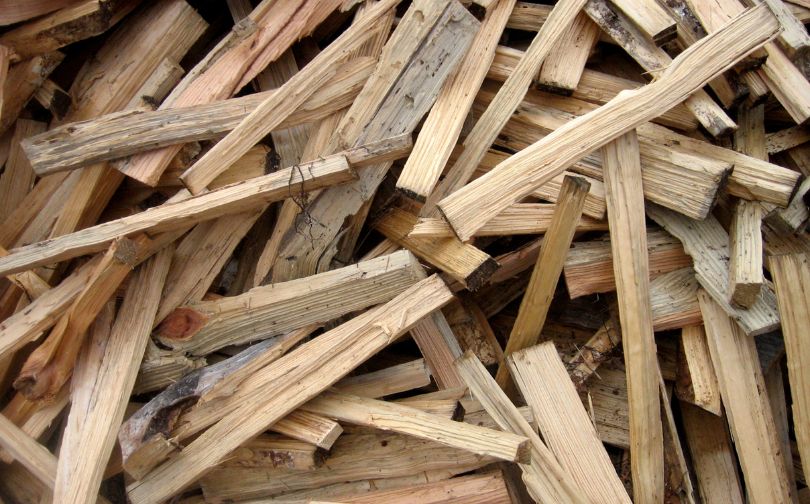
Kindling is small flammable material that you add to the burning tinder. Small dry twigs, chunks or tree bark and sticks are best. They should light easily when placed on a small flame. The dead tree branches provide excellent kindling, and they are usually dry, even if it has rained. Have a good supply of kindling on hand to ensure you build a big enough flame to support larger logs latter on.
Fuel:
Once your fire is sustainable, you can add on large pieces of wood. Large firewood must be as dry as possible. Look for dead trees, or large dead branches that have fallen they are usually a good source of dry firewood. Avoid wood that is fall brittle and looks rotted if you can avoid it.
How to Start a Campfire?
Starting a campfire requires careful planning and execution to ensure safety and effectiveness. Follow these steps to create a campfire that is not only enjoyable but also environmentally responsible.
Preparation
Begin by choosing a safe location for your fire. Opt for existing fire rings or designated areas if available, as these sites are typically cleared for safety. Ensure that the area is free of vegetation and debris within an 8- to 10-foot radius. This precaution helps prevent accidental wildfires.
Next, gather the necessary materials. You will need three types of wood: tinder, kindling, and fuel wood. Tinder consists of small, easily ignitable materials like dry leaves, grass, or wood shavings. Kindling refers to small sticks or twigs, roughly the thickness of a pencil, which will help ignite the larger pieces of wood. Finally, fuel wood includes larger logs or pieces that will sustain the fire for an extended period.
Building the Fire
After preparing your materials, lay the foundation for your fire. Create a base using small sticks or a platform of firewood to elevate the tinder off the damp ground. This step helps ensure that the tinder ignites easily.
When arranging the wood, you have several methods to choose from:
- Teepee Method: Form a cone shape with kindling over the tinder. This arrangement burns quickly, making it ideal for cooking.
- Log Cabin Method: Stack larger logs in a square formation with kindling and tinder inside. This setup provides good airflow and a steady burn.
- Lean-to Method: Lay a thick log on the ground and lean kindling against it over the tinder. This design works well in windy conditions.
Igniting the Fire
To ignite your fire, use matches, a lighter, or commercial fire starters. If the weather is damp, consider using waterproof matches to ensure success. Once the tinder is lit, gently blow at the base to provide oxygen, which will help the flames grow.
Maintaining the Fire
As the fire grows, gradually add more kindling, followed by larger pieces of fuel wood to sustain it. It is crucial to avoid smothering the flames; ensure there is enough space for air circulation to keep the fire burning steadily.
What Are the Safety Tips for Starting a Fire?
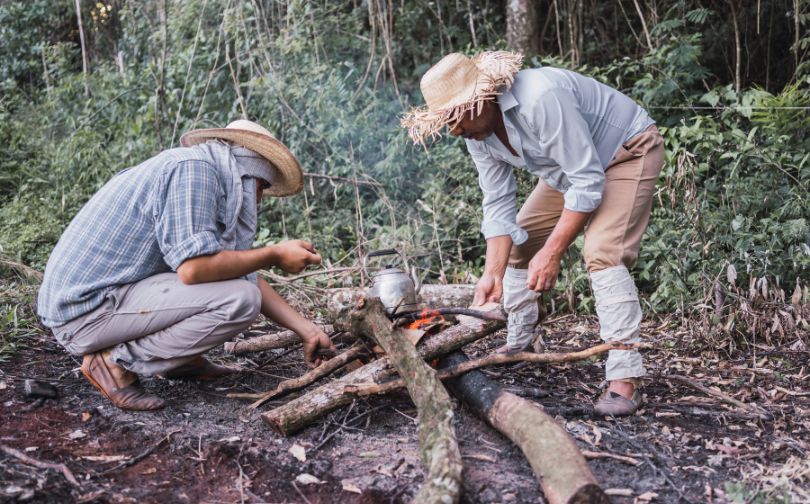
When starting a fire, particularly in outdoor settings like camping, prioritizing safety is crucial to prevent wildfires and protect personal well-being. Following these key safety tips will help ensure a safe and enjoyable fire experience.
- Select a Suitable Spot: Always pick a site where campfires are allowed, and check for any burn bans in the area. Avoid locations with overhanging branches or dry vegetation, as these can catch fire easily.
- Clear the Area: Remove all flammable materials within a 10-foot radius down to the soil. This step reduces the risk of the fire spreading unintentionally.
- Dig a Pit: Create a shallow depression in the ground and surround it with rocks to contain the fire. This helps prevent the flames from escaping.
- Use Existing Fire Rings: If available, utilize established fire rings. This practice minimizes environmental impact and maintains the area’s natural beauty.
- Keep Safety Tools Nearby: Always have a bucket of water and a shovel within reach. These tools are essential for extinguishing the fire if it gets out of control.
- Prepare Wood Properly: Cut wood into manageable pieces and stack it upwind from the fire. This arrangement allows for easier access while maintaining safety.
- Supervision: An adult should always supervise the fire. It is important to keep children at a safe distance to prevent accidents.
- Keep the Fire Manageable: Build fires only as large as necessary for your needs. Maintain control over the flames at all times to ensure safety.
FAQs
What Are Some Methods to Start a Fire Without Matches?
Methods include using a hand drill, bow drill, flint and steel, or a lens to focus sunlight. Each technique needs dry materials like wood for friction-based methods, while a lens uses sunlight to ignite tinder effectively.
How Do I Safely Extinguish a Fire?
To safely extinguish a fire, spread the embers, pour water over them, and stir with a stick until all hissing stops. Ensure that all ashes are cool and wet before leaving the area to prevent rekindling.
What Are Different Types of Campfire Structures?
Common campfire structures include teepee, lean-to, log cabin, and pyramid styles. The teepee is ideal for quick cooking fires, while the log cabin structure burns longer, making it better for sustained heat or light.
How Can Weather Conditions Affect Your Ability to Start a Fire?
Wet or humid weather makes finding dry tinder and kindling difficult, while wind can help provide oxygen but also risk spreading embers. Look for dry materials in sheltered areas, such as under logs, during rainy conditions.
What Should I Do If My Fire Starts to Spread Uncontrollably?
If your fire spreads uncontrollably, use water or dirt to smother the flames immediately. If it continues spreading, evacuate the area and contact emergency services for help, ensuring your safety is the priority.
Conclusion
Starting a fire, especially in outdoor conditions, requires patience and careful planning. Success comes from understanding the right materials to use, such as tinder, kindling, and fuel wood. Gathering these ahead of time ensures that the process goes smoothly.
Building the fire involves selecting the correct method, whether it’s the teepee, log cabin, or lean-to style, each offering specific advantages depending on the situation.
Safety is just as important as technique. Always choose a cleared area, follow local regulations, and have fire control tools on hand. Maintaining a manageable fire size also helps keep everything under control.

